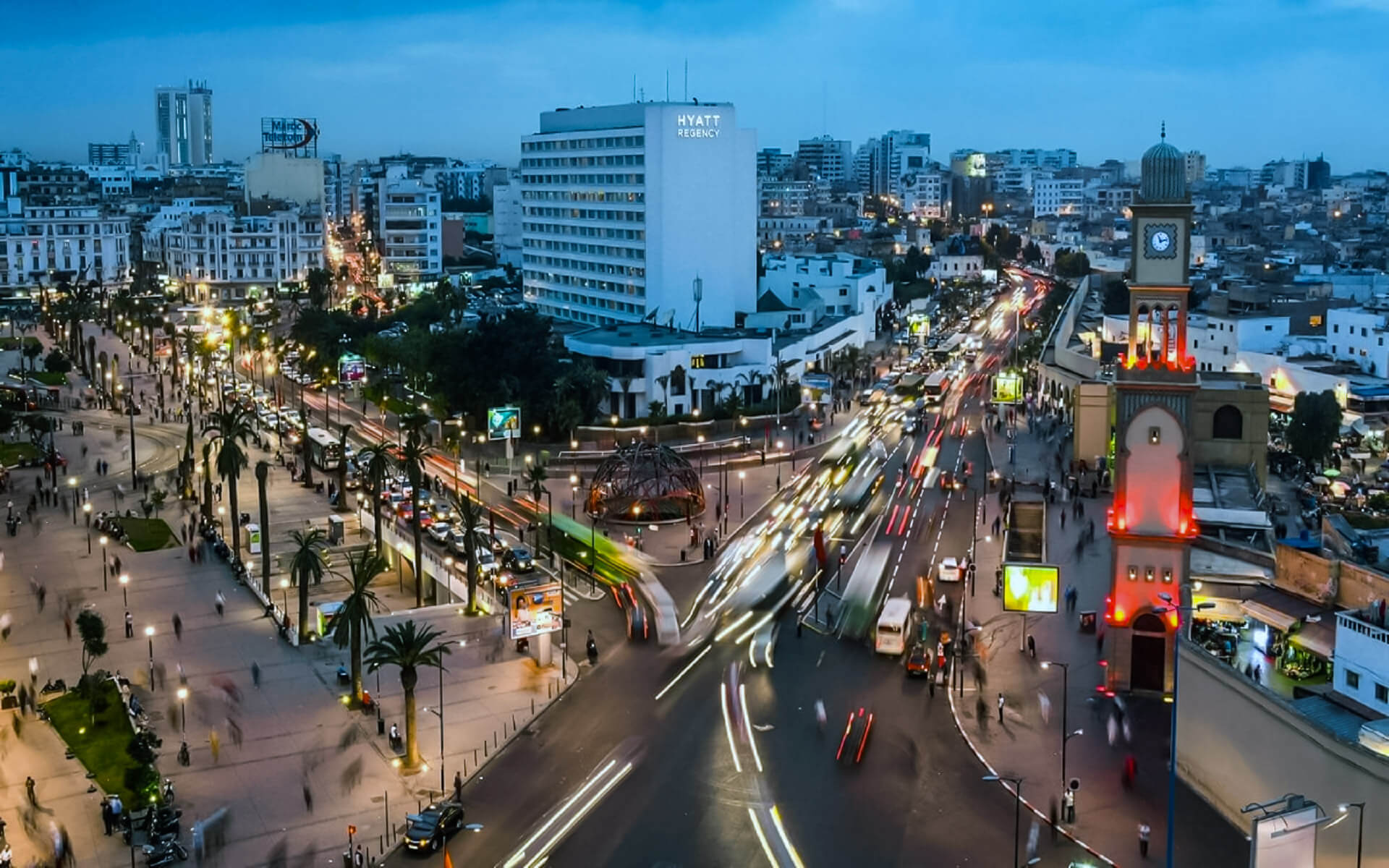Casablanca is Morocco’s biggest city, situated on the Atlantic Ocean in the country’s central-western region. It is one of Africa’s most significant cities, economically and demographically.
Casablanca is Morocco’s principal port and one of the continent’s main financial hubs. The 2012 census, when adjusted for recent population growth, indicated a population of around 4 million in the Casablanca prefecture. Casablanca is considered Morocco’s commercial and business hub, while Rabat serves as the country’s political capital.
Casablanca is home to the headquarters and primary industrial facilities of the biggest Moroccan enterprises and multinational corporations doing business in the country. Recent industrial data indicate that Casablanca maintains its historical status as the country’s primary industrial zone. The Port of Casablanca is one of the world’s biggest man-made ports and the largest in North Africa. Additionally, it serves as the Royal Moroccan Navy’s principal naval base.
Casablanca is unlikely to cause any problems for North American or European visitors. Despite being a large population hub and commercial center, the town’s majority is under 50 years old and might easily be confused for Los Angeles or Madrid. Morocco’s cuisine is as European as it gets, with pizzas and hamburgers as common as tajines and couscous. Seeing a guy in a djellaba or a donkey hauling a cart of vegetables is unusual in certain locations, such as the Maarif and Gironde districts. If the trappings of Moroccan culture are too much for you, any hotel bar or restaurant will seem like home for a few hours.


